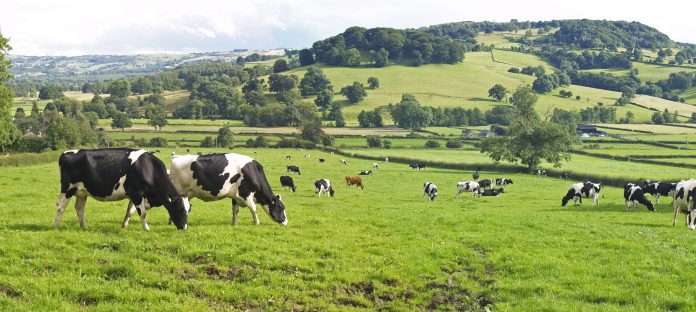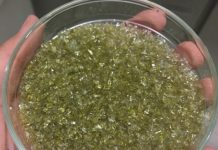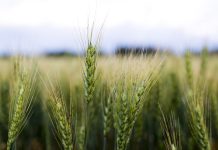As the H5N1 avian influenza continues to threaten livestock, the U.S Department of Agriculture (USDA) is increasing its testing and monitoring plans to protect dairy cattle
This comes after H5N1 was first detected in dairy herds in March 2024. To better understand the virus’s presence, the USDA is collaborating with state veterinarians to implement a tiered strategy for collecting bulk milk samples.
H5N1 avian influenza outbreak
Since the outbreak began, the USDA has taken important steps to control the virus, including a Federal Order that requires the testing of cattle before they can move between states.
This measure has successfully reduced the number of states reporting H5N1 in dairy herds from 14 to just two in the past month.
Despite this progress, USDA officials emphasise that additional measures are necessary to enhance biosecurity and protect farm workers from potential exposure.
Controlling livestock diseases
Colorado recently adopted bulk milk testing after detecting H5N1 in two counties, and subsequent tests revealed no virus in its dairy herds. The USDA plans to extend this testing approach to other regions and states, aiming to sample milk at the regional level first and conduct further testing at the farm level if needed.
Farmers across the nation are being urged to prioritise biosecurity measures, even in areas where H5N1 has not been detected. Research indicates that the virus can spread through equipment, people, and items that move between farms, underscoring the importance of robust biosecurity practices. The USDA also encourages herd owners to participate in available support programs to offset costs related to biosecurity and veterinary care.
The USDA is also advancing the development of an H5N1 vaccine for dairy cows, with two candidates currently undergoing field trials. The USDA remains committed to a science-based approach, adapting its strategies as new information becomes available.
Recently, H5N1 was also detected in swine on a non-commercial farm in Oregon, marking a significant development in the outbreak. While cases among humans in contact with infected animals continue to occur, health officials believe the risk to the public remains low.











